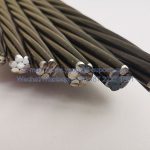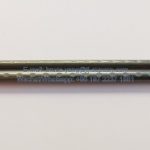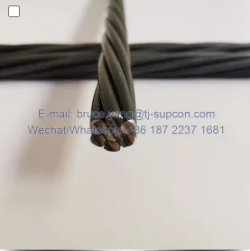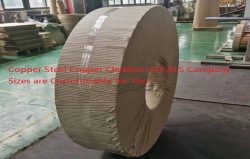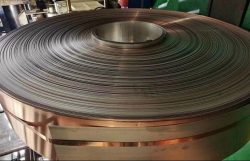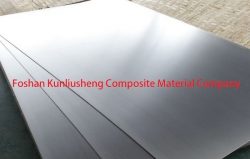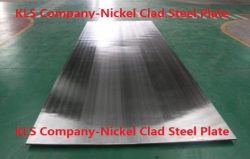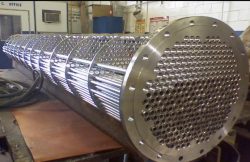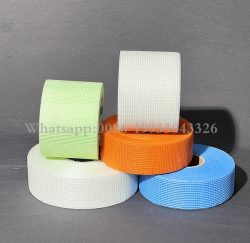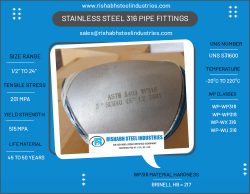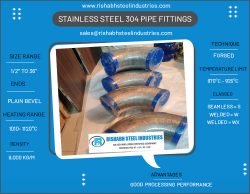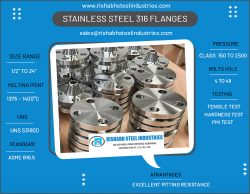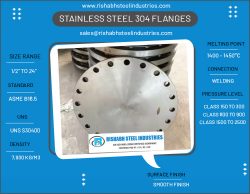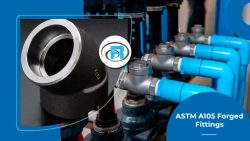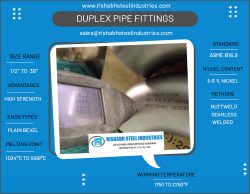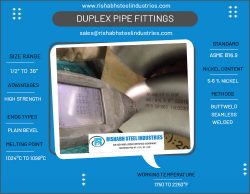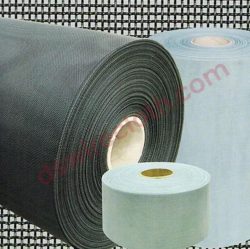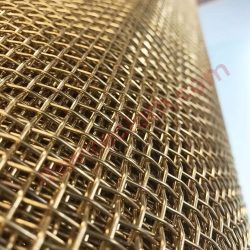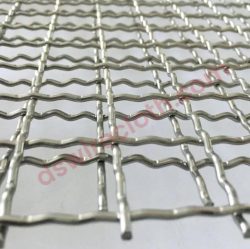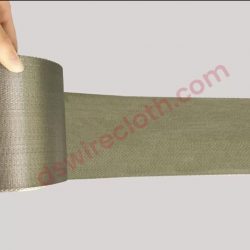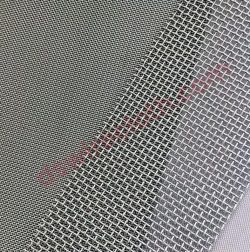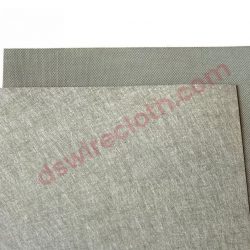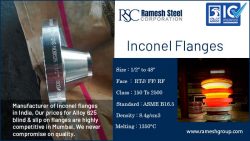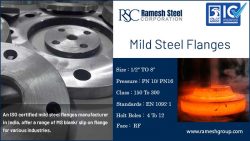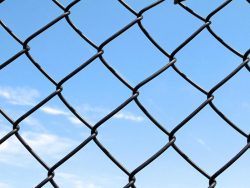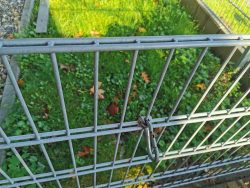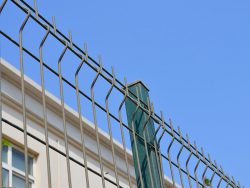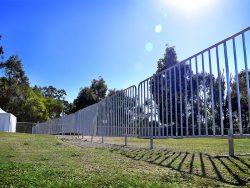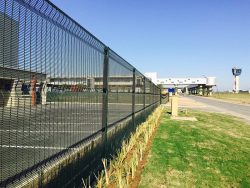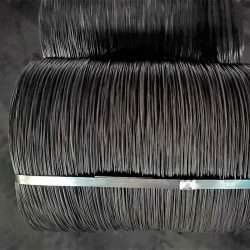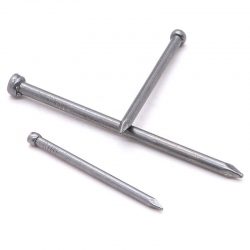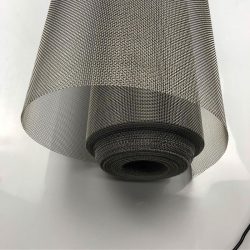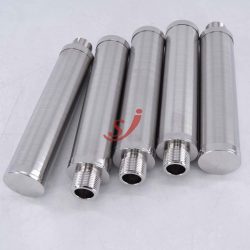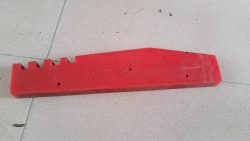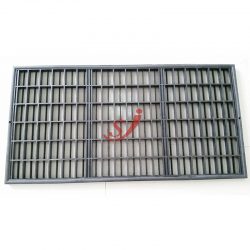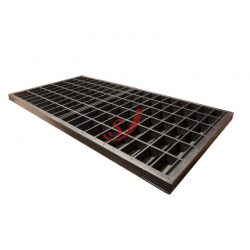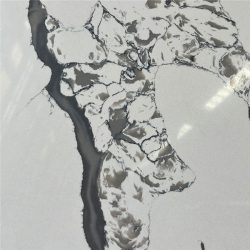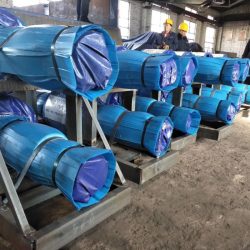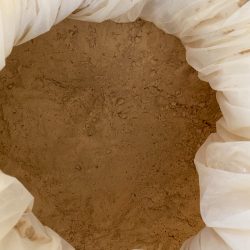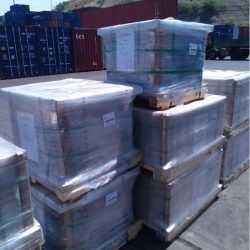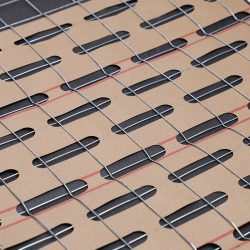PC Wire Indented
In the application of pre-tensioned concrete, the pre-stressed steel wire is initially tensioned to approximately 70 to 80% of the minimum specified breaking load of the steel wire before the concrete is cast. Once the concrete sets to a certain degree, the pre-tensioned steel wire is released, and this induces compressive stress in the concrete. This compressive stress helps offset the tensile stress caused by the loads acting on the concrete member.
For effective pre-tensioning, it is crucial to establish a strong bond between the steel wire/bar and the concrete. This bond allows the desired compressive force to be efficiently transferred from the steel wire to the concrete.
One method to improve the bond strength and achieve a consistently low transmission length is by introducing regular indentations of a specified shape on the surface of the steel wire/bar. These indentations can be slotted in opposite or 120-degree or 90-degree planes.
To create indented steel wire or rod, a process known in the industry is to perform intermittent indentation on the wire’s surface using appropriate indenting rolls. Typically, this indentation process takes place on a wire-drawing machine, where the wire is pulled through the indenting rolls to achieve the desired pattern.
This indentation technique enhances the bond between the steel and concrete, ensuring efficient stress transfer and optimizing the performance of pre-tensioned concrete structures.
Advantages of Indented PC Wire:
Enhanced Bonding: The indents or ribs along the surface of the wire create a strong mechanical bond with the surrounding concrete when it is cast. This enhanced bonding ensures efficient transfer of stress from the concrete to the steel wire, making the structure more stable and reliable.
Increased Load-bearing Capacity: Due to the improved bonding with concrete, structures reinforced with indented PC wire can handle higher loads and stresses. This allows for the construction of stronger and more durable structures, such as bridges, beams, and high-rise buildings.
Crack Control: Indented PC wire helps to control and minimize crack width in pre-stressed concrete elements. The better bond with concrete ensures that the steel wire can hold the concrete together more effectively, reducing the formation and propagation of cracks.
Fatigue Resistance: The indented surface of the wire enhances its fatigue resistance, making it suitable for applications that involve dynamic loads or cyclic stresses. It can withstand repeated loading and unloading without experiencing fatigue failure.
Ductility: Indented PC wire exhibits good ductility, allowing it to deform plastically under excessive loads before reaching failure. This property is crucial in absorbing energy during overloading or seismic events, providing added safety to the structure.
Economical: Indented PC wire offers a cost-effective solution for pre-stressed concrete applications. Its superior bonding characteristics reduce the amount of steel required for reinforcement, leading to potential cost savings in construction projects.
Easy Handling and Installation: The indented surface of the wire provides a better grip for workers during handling and installation. This can streamline the construction process and improve overall efficiency.
Compliance with Standards: Indented PC wire typically meets various national and international standards and specifications, ensuring that it conforms to quality and safety requirements.
We can produce two-sides, three-sides, four-side indented PC wire, and the products with different diameters, different tensile strengths, and different national standards. At present, our product has been applied in Australia, America, Britain, Brazil etc. more than 20 countries.




